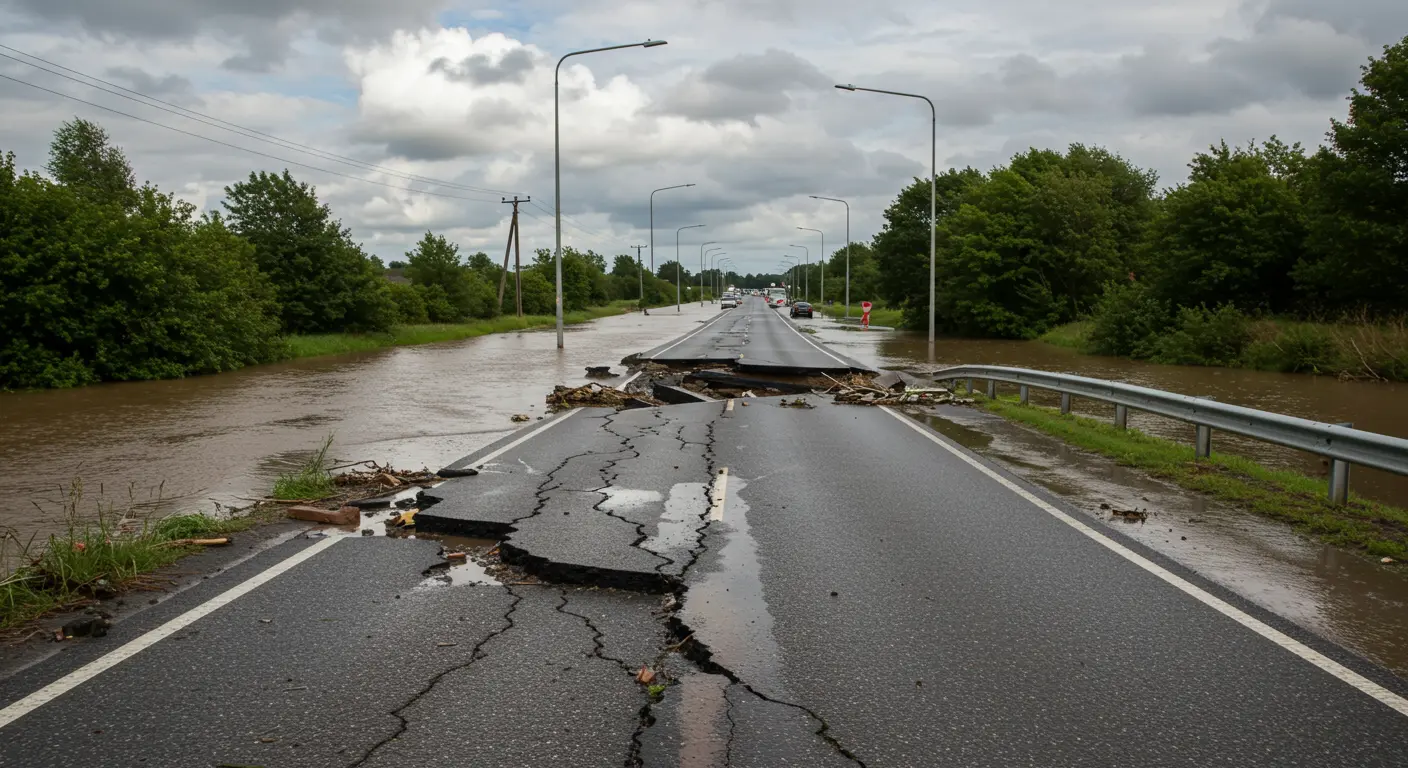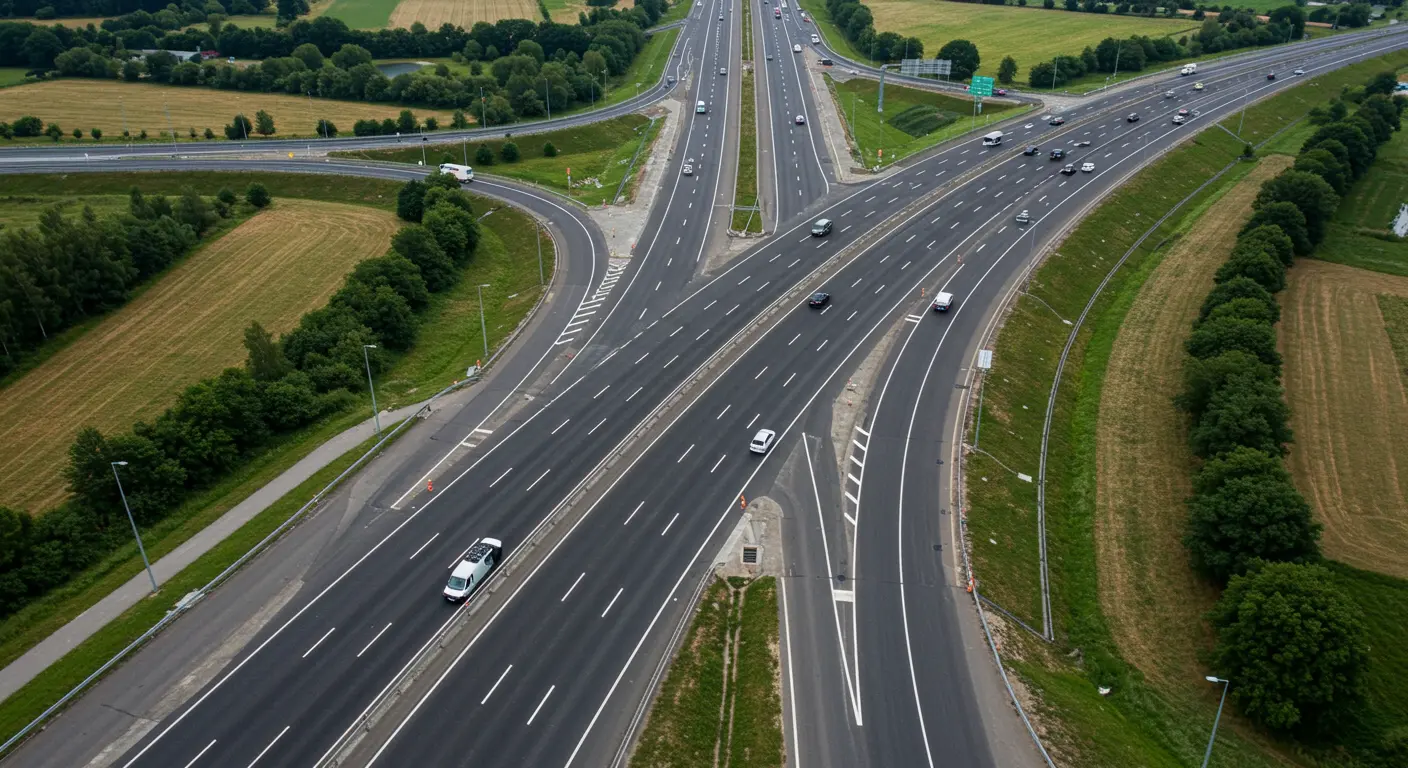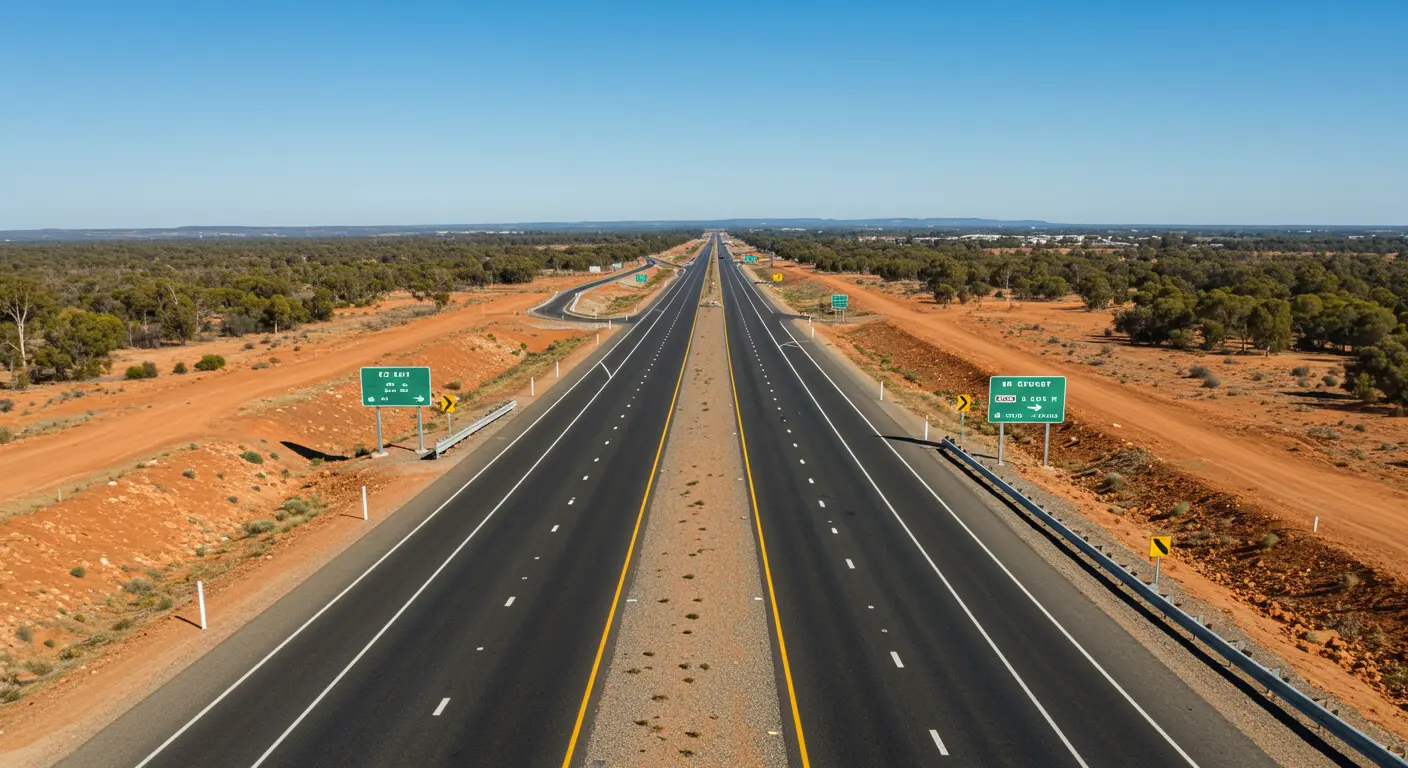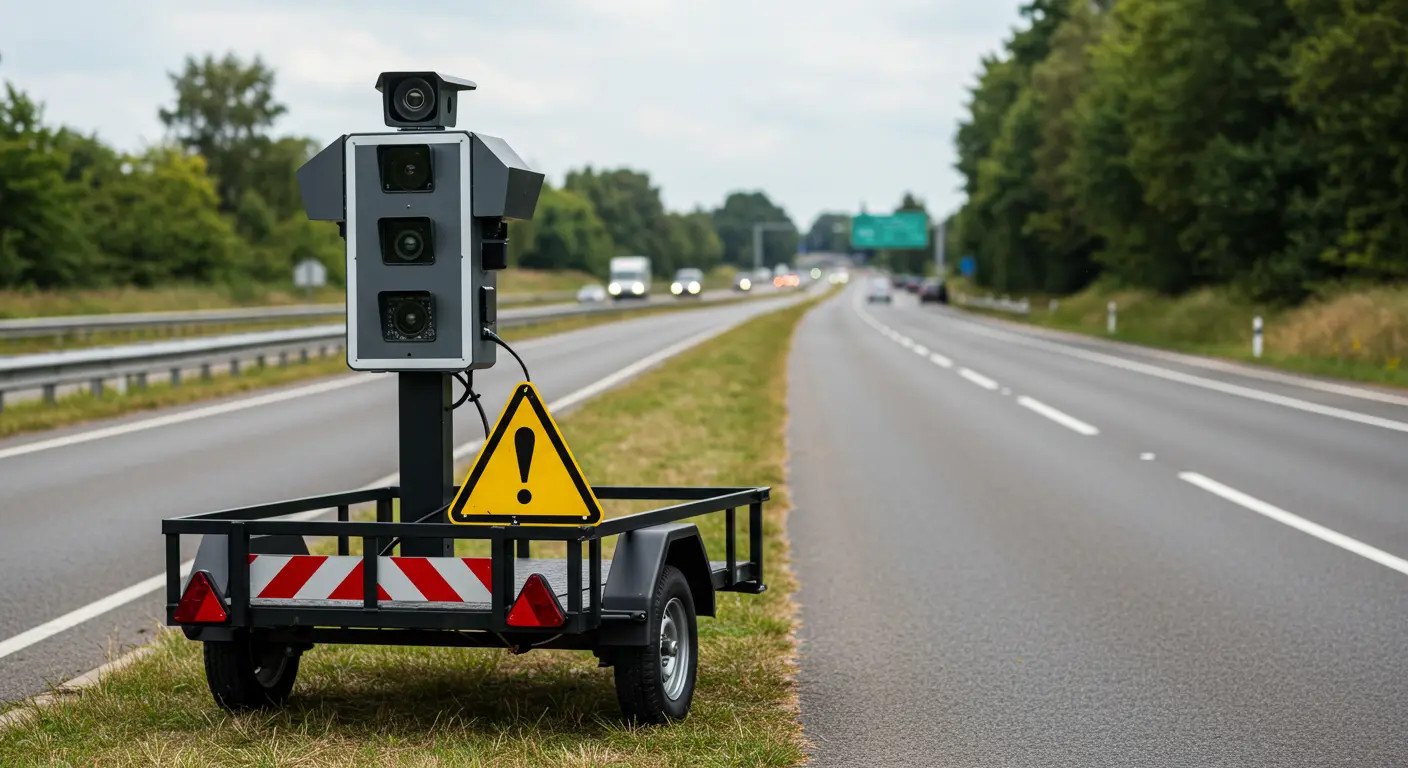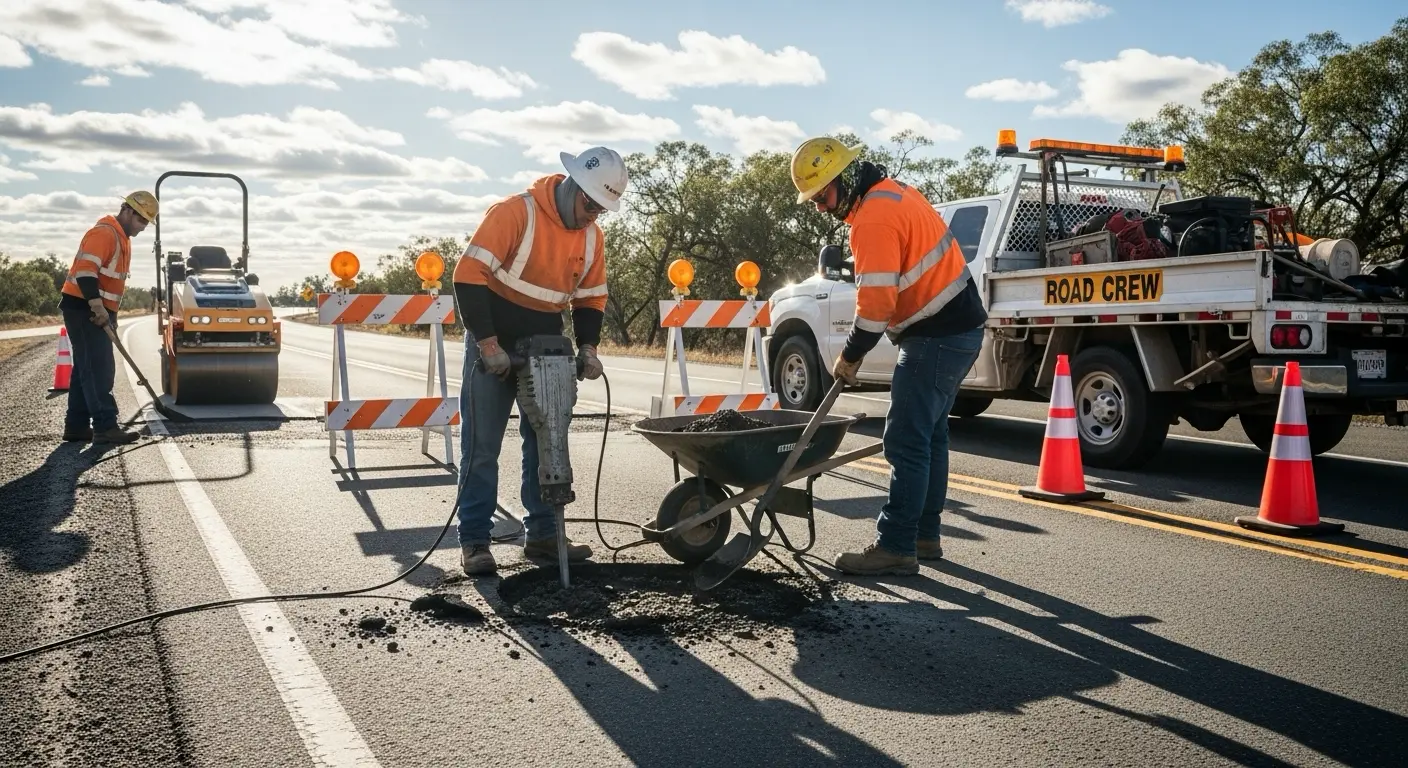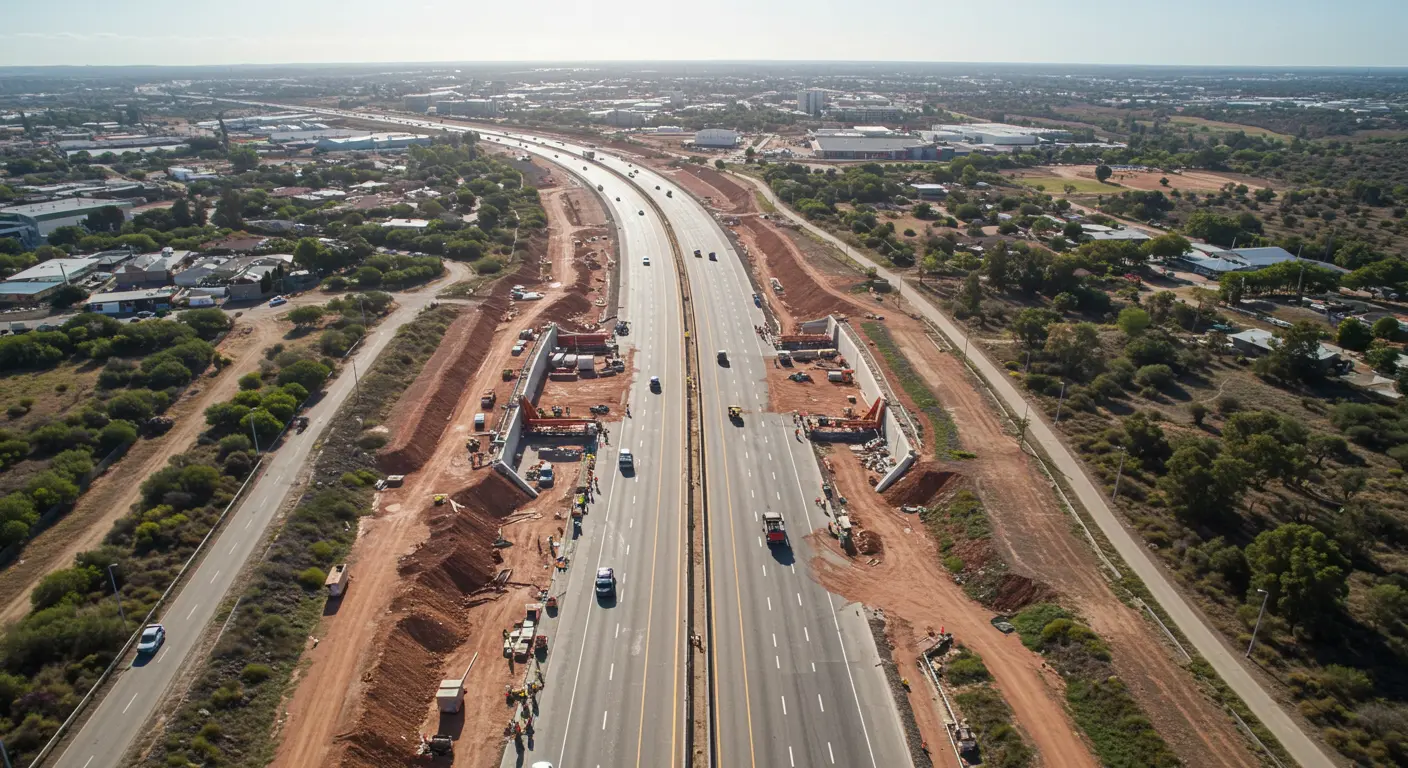Cash-strapped councils across New South Wales are staring down a staggering $3.4 billion road repair backlog, with regional communities hardest hit. The figure, revealed in a new NRMA report, highlights the mounting infrastructure crisis caused by repeated extreme weather events over the past three years.
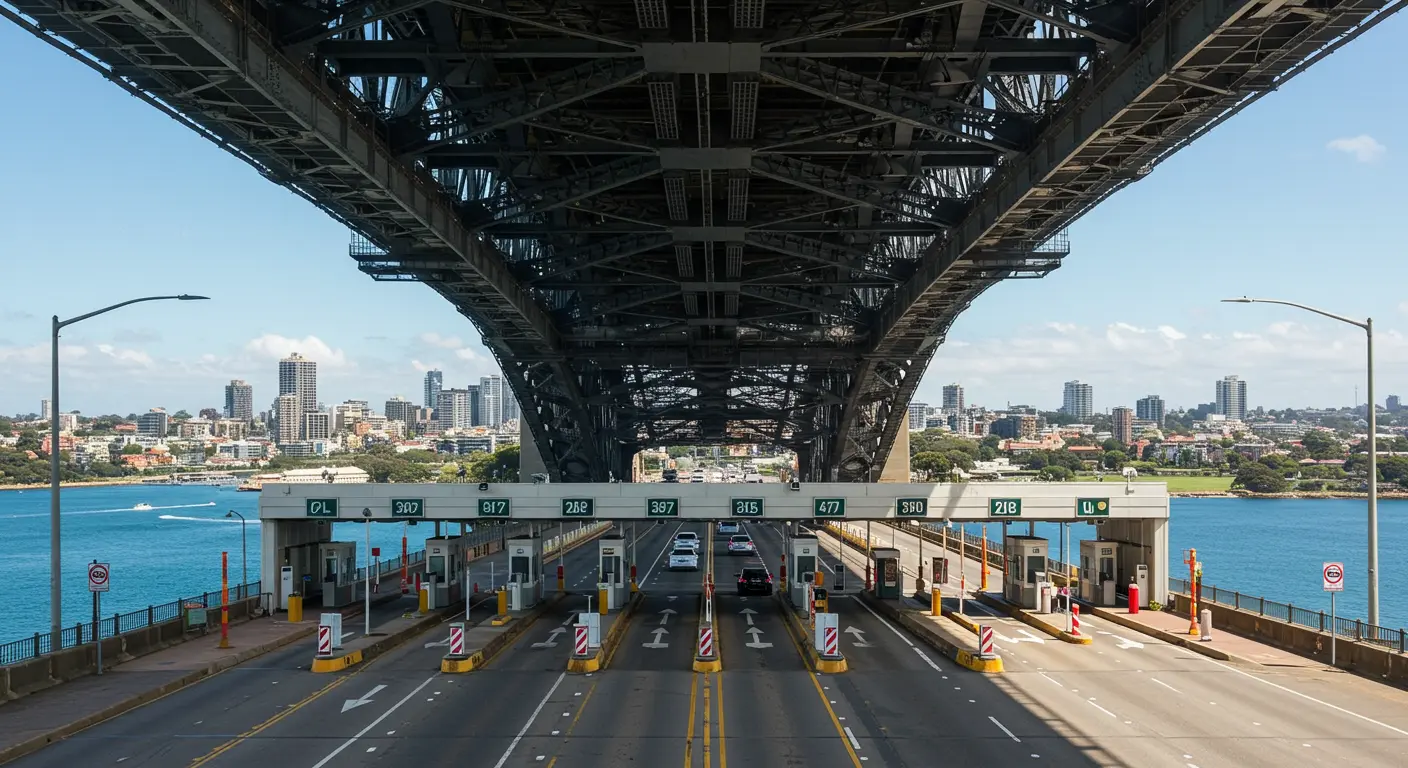
Rural Roads Crumbling Under Pressure
Regions such as the Clarence Valley have seen repair costs soar by over $120 million in just one year. The council now faces an estimated $390.3 million in road maintenance needs, making it the most affected in the state. With over 3,100 kilometres of roads under its care, the burden on Clarence Valley Council reflects the broader pressure faced by rural areas.
Other major regional backlogs include:
- MidCoast: $214.7 million
- Wagga Wagga: $179.9 million
- Wollongong: $171.7 million
- Shoalhaven: $118.7 million
- Maitland: $108.8 million
- Bathurst: $100.2 million
Meanwhile, urban councils like Blacktown also face costly repairs, with an estimated backlog of $84 million.
Natural Disasters Drive Costs Up
Repeated floods, landslides, and severe storms have wreaked havoc on rural roads, making maintenance both costly and urgent. The Northern Rivers region alone accounts for $594.5 million of the state’s total backlog, a figure expected to grow once damage from ex-Tropical Cyclone Alfred is factored in.
Landslips, cracks, and washed-out roads have become commonplace across the South Coast, Blue Mountains, and Northern NSW, leaving some rural communities isolated and emergency services delayed.
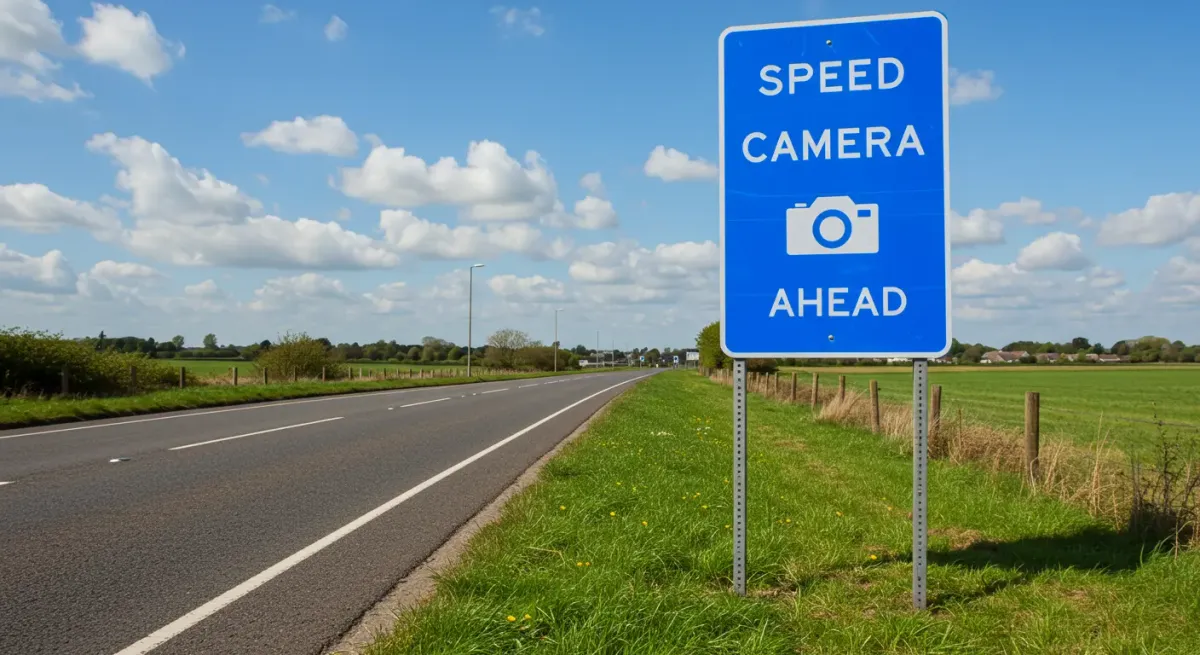
Call for Ongoing Support
Local governments say temporary funding solutions are not enough. While the 2024–25 NSW budget committed $3.3 billion for road and transport infrastructure repairs, councils are calling for long-term, recurrent funding to ensure sustainable maintenance and safer travel for residents.
In addition, the Commonwealth has pledged $630 million in road grants for NSW councils in 2025–26 through programs like Roads to Recovery. However, mayors argue these grants provide only short-term relief.
What’s Next?
With the 2024–25 federal and state budgets now locked in, attention shifts to how effectively these funds will be allocated and whether permanent funding mechanisms will be introduced. Regional mayors continue to advocate for consistent investment in road safety and maintenance to avoid further backlogs and community risk.
Without a coordinated approach, NSW’s rural and regional roads risk falling further into disrepair, threatening safety, accessibility, and economic resilience in some of the state’s most vulnerable areas.




